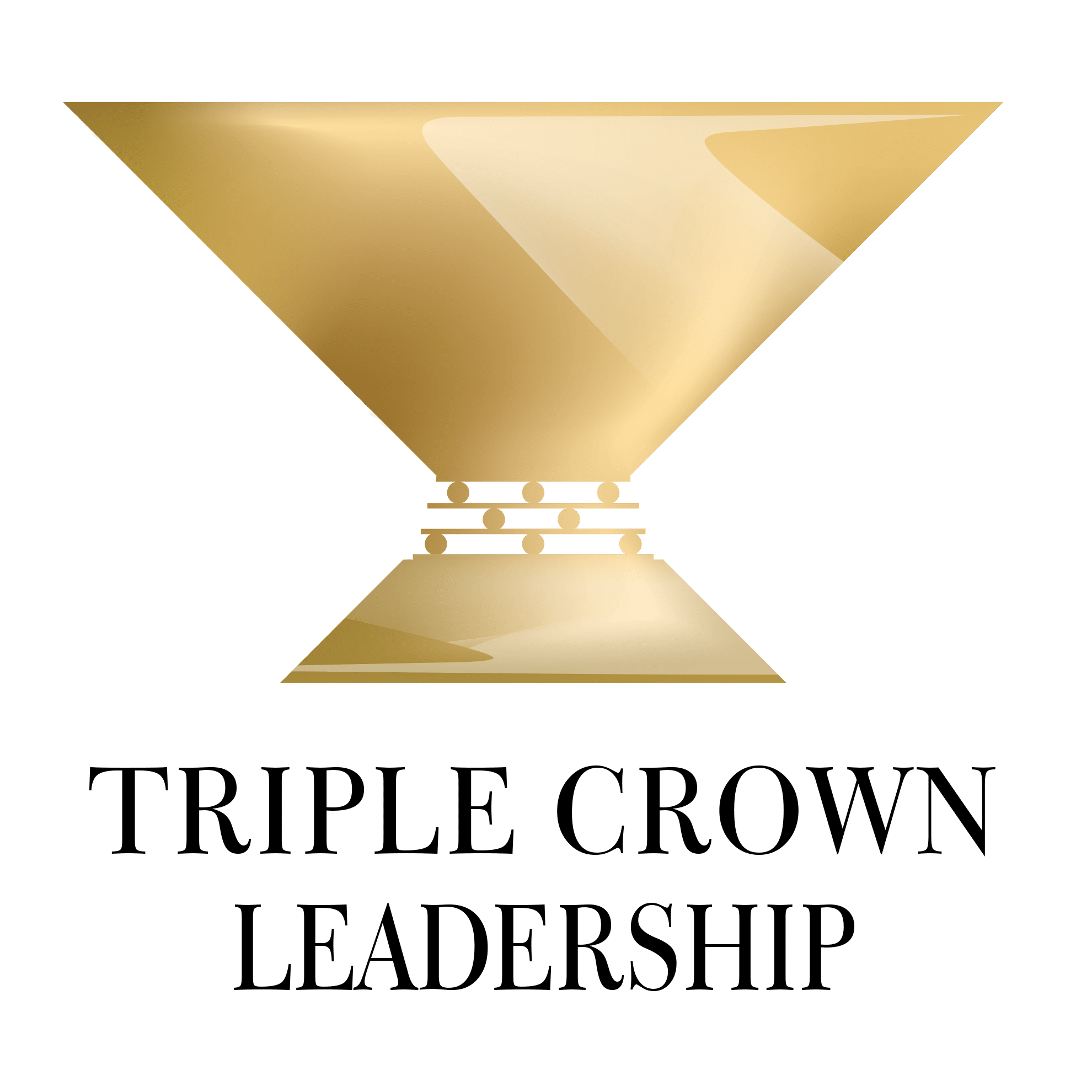What is bad leadership? What are its signs? How to know if leaders are good or bad?
Esteemed leadership scholar Dr. Barbara Kellerman addressed these questions and more in her book, Bad Leadership: What It Is, How It Happens, Why It Matters.
Kellerman has argued that we’ve been naïve to focus too much on good and great leadership. She makes the case that the dark side of leadership isn’t an aberration. It’s common so we need to stop ignoring it and face it head-on.
In Bad Leadership, Kellerman identifies seven primary types of bad leadership. It’s valuable to examine how well her framework holds up today, since her work on this was published in 2004.
Dr. Kellerman is a Fellow at the Center for Public Leadership at Harvard University and served as its founding Executive Director. She’s been a professor at Dartmouth, Fordham, Tufts, Fairleigh Dickinson, George Washington, and Uppsala universities. Kellerman was one of the founders of the International Leadership Association and she’s been ranked by Forbes.com as among “Top 50 Business Thinkers.”
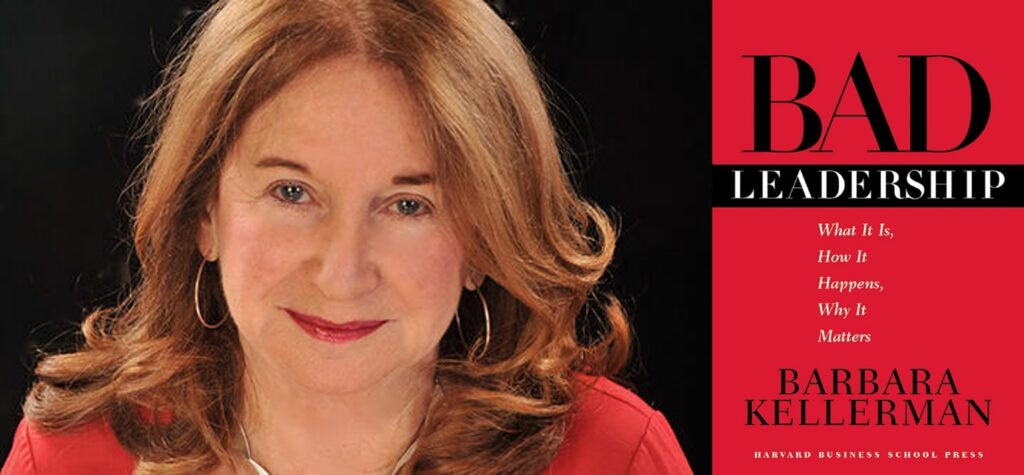
7 Types of Bad Leadership
Of course, a discussion of bad leadership hinges upon what “bad” means. In common parlance, “bad” can relate to performance (i.e., bad at managing operations) and also to ethics (i.e., prone to lying, cheating, or stealing). In other words, bad can mean ineffective and/or unethical. Kellerman is talking about both.
According to Dr. Kellerman, bad leadership typically comes in seven primary types:
incompetent, rigid, intemperate, callous, corrupt, insular, evil
She notes that the first three types relate to being ineffective, while the last four types relate to being unethical.
We address each of the 7 types of bad leadership briefly below.
1. Incompetent Leadership
“the leader and at least some followers lack the will or skill (or both) to sustain effective action. With regard to at least one important leadership challenge, they do not create positive change.”
Signs of incompetent leadership include poor operational management, ineffective collaboration with partners or allies, and substandard management of crises (or even causing them). Internal divisions tend to grow. Incompetent leaders can be temperamental or erratic, with a lack of prioritization and poor or confusing communication. Why? Such leaders may lack knowledge, skills, experience, empathy, or emotional intelligence. They miscalculate often, and they tend to be careless and to buckle under the weight of complexity or challenge. In short, they end up squandering goodwill and destroying value.
2. Rigid Leadership
“the leader and at least some followers are stiff and unyielding. Although they may be competent, they are unable or unwilling to adapt to new ideas, new information, or changing times.”
Navigating change is one of the most essential aspects of effective leadership today. Rigid leaders fail mightily on this front. They have an inability to foresee the effects of change and to adapt to it when it arrives. Rigid leaders are overly reliant on their own instincts and judgment and too proud to ask for help or to assemble a strong, independent team. They rely on outdated ideas and plans, and they refuse to acknowledge changing realities. They may have had an early record of achievements that led to overconfidence or even intransigence. Rigid leaders seek to dominate others. It’s “their way or the highway.”
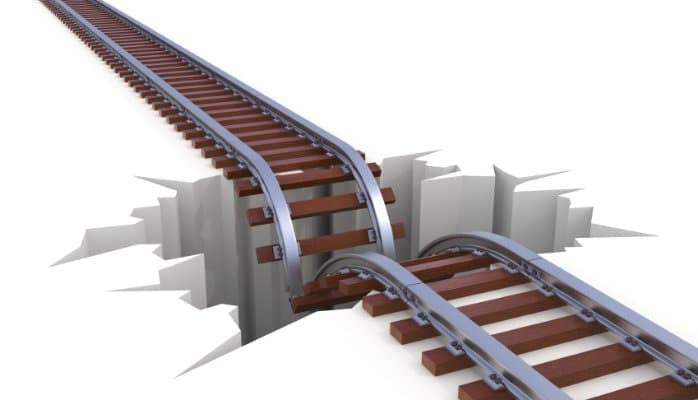
Leadership Derailers Assessment
Take this assessment to identify what’s inhibiting your leadership effectiveness. It will help you develop self-awareness and identify ways to improve your leadership.
3. Intemperate Leadership
“the leader lacks self-control and is aided and abetted by followers who are unwilling or unable effectively to intervene.”
Intemperate leaders lack or lose self-control, making them unpredictable or even unstable. They have a tendency to treat people poorly (e.g., objectifying or demeaning certain people). They’re prone to compulsive behaviors. While they claim great virtue, their claims often prove false or hypocritical.
4. Callous Leadership
“the leader and at least some followers are uncaring or unkind. Ignored or discounted are the needs, wants, and wishes of most members of the group or organization, especially subordinates.”
Callous leaders tend to be distant and cold to some people or groups. They lack sympathy for others and avoid meeting with certain groups. Callous leaders can be indifferent or flippant about other people’s pain or suffering. They show disrespect often, and they can be divisive, mean, cruel, abusive, or even tyrannical. Their playbook involves instilling fear.
5. Corrupt Leadership
“the leader and at least some followers lie, cheat, or steal. To a degree that exceeds the norms, they put self-interest ahead of the public interest.”
Corrupt leaders can excel in some domains, but their burning desire for power or wealth ultimately betrays who they really are. They may swindle followers, evade taxes, or otherwise engage in crimes. Corrupt leaders traffic in conflicts of interest and abuses of power. They’re prone to conspiracies, concealment, and coverups. Signs of corrupt leadership include nepotism, cronyism, and contempt for rules and laws.
6. Insular Leadership
“the leader and at least some followers minimize or disregard the health and welfare of ‘the other’—that is, those outside the group or organization for which they are directly responsible.”
Insular leaders are unwilling to see or acknowledge the harm of their actions. They turn a blind eye to suffering or damage. They’re willing to cooperate with bad actors or regimes. They play on fears and tribalism, and they neglect human rights.

Leadership Derailers Assessment
Take this assessment to identify what’s inhibiting your leadership effectiveness. It will help you develop self-awareness and identify ways to improve your leadership.
7. Evil Leadership
“They use pain as an instrument of power. The harm done to men, women, and children is severe rather than slight. The harm can be physical, psychological, or both.” / “…the leader and at least some followers commit atrocities.”
Evil leaders use pain or punishment as an instrument of power or control. They dehumanize certain people or groups and employ mass manipulation for their own purposes. This can lead them to a range of malevolent activities, from repression or abuse to assault, rape, murder, starvation, torture, massacres, or even genocide in extreme cases.
A Bad Leadership Assessment
We can take Dr. Kellerman’s typology and compile a simple assessment. Think of a leader who’s affecting you right now and rate him or her on the following scale:
|
Bad Leadership Assessment: |
Scale* |
| 1. Incompetent: lacking the will or skill (or both) to sustain effective action; failing to create positive change. | |
| 2. Rigid: stiff and unyielding; unable or unwilling to adapt to new ideas, new information, or changing times. | |
| 3. Intemperate: lacking self-control or restraint in speech or actions; prone to emotional outbursts or overreactions; driven by unchecked appetites. | |
| 4. Callous: uncaring or unkind; prone to discounting or ignoring the needs, wants, and wishes of most members of the group or organization. | |
| 5. Corrupt: lying, cheating, or stealing, as well as putting self-interest ahead of the public interest to a degree that exceeds the norm. | |
| 6. Insular: minimizing or disregarding the health and welfare of “the other”—those outside the group or organization. | |
| 7. Evil: using pain or punishment as an instrument of power or control, causing significant physical and/or psychological harm to others. | |
| Total Score (0-28) |
Scale: 0 – Not at all; 1 – To a small degree; 2 – To a moderate degree; 3 – To a large degree; 4 – To a great degree. Source: Created by Gregg Vanourek based on the typology from Barbara Kellerman, Bad Leadership (Harvard Business School Press, 2004).
From Bad to Worse Leadership
In 2024, Dr. Kellerman released a new book, Leadership from Bad to Worse: What Happens When Bad Festers. That book describes four phases of development in the journey from bad to worse:
1. Onward and Upward: The leader is on the rise—gaining visibility, influence, and power. The leader may appear capable or even admirable. Early signs of questionable or problematic behavior tend to be downplayed or dismissed.
2. Followers Join In: Followers begin to align themselves with the leader’s behavior, even when it becomes questionable or controversial. Whether out of ambition, loyalty, fear, or apathy, followers support, enable, or excuse actions that deviate from standards of competence or ethics. A culture of complicity begins to emerge.
3. Leader Starts In: The leader becomes more assertive and reckless. Emboldened by the loyalty of followers and the lack of effective resistance, the leader acts with greater self-interest and fewer constraints. Negative patterns harden. Accountability diminishes. The leader consolidates power. Mistakes and missteps occur more often.
4. Bad to Worse: Dysfunction is entrenched and toxic leadership spreads. Its consequences are widespread and deeply damaging. Norms begin eroding. Institutions begin faltering. Many followers feel trapped or powerless. Reversing course is extremely difficult.
“Bad leaders do not typically wake up one morning and say, ‘Golly gee, I’ve been bad. I need to change my ways.’ They will stop being bad only if someone else or something else stops them. And if nothing stops them and no one stops them, they will go from bad to worse.” -Barbara Kellerman
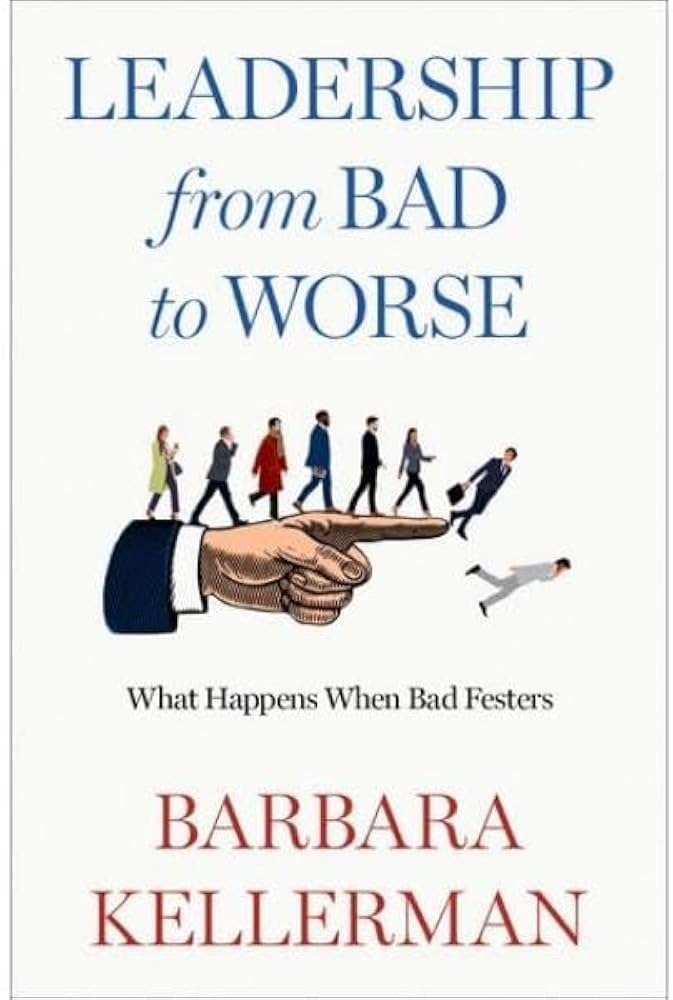
Conclusion
Dr. Kellerman makes a persuasive case that bad leadership is far more common than many are willing to admit. She challenges overly romanticized views of leadership and urges us to confront the reality that bad leadership—both ineffective and unethical—is a damaging and persistent force in organizations and societies.
What if we evaluated leadership not just by outcomes but also by ethical responsibility? When leaders lack character, they pose a grave risk, because they can quickly get us into all sorts of trouble.
We must address bad leadership much more forcefully, lest we let it go from bad to worse.
–Gregg Vanourek

Reflection Questions
- Are you seeing the signs of bad leadership around you?
- What are the impacts now—and the likely consequences going forward?
- What will you do about it, starting today?
Tools for You
- Leadership Derailers Assessment to help you identify what’s inhibiting your leadership effectiveness
- Personal Values Exercise to help you determine and clarify what’s most important to you
- Traps Test (Common Traps of Living) to help you identify what’s inhibiting your happiness and quality of life
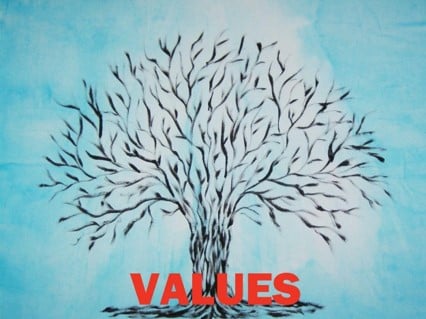
Personal Values Exercise
Complete this exercise to identify your personal values. It will help you develop self-awareness, including clarity about what’s most important to you in life and work, and serve as a safe harbor for you to return to when things are tough.
Related Articles & Books
- “Why People Fall for Toxic Leaders”
- “Toxic Leaders, Susceptible Followers”
- “The Problem of Bad Leaders—And Why We Keep Following Them”
- “Why Are We Talking about Ethics?”
- “The Importance of Integrity in Leadership”
- “The Root Causes of Ethical Failings (and Our Political Dysfunction)”
- “Are You Working for an Unethical Organization?”
- “What to Do If You Work for an Unethical Organization”
- “What to Do If You Work for a Toxic Boss”
- Barbara Kellerman, Bad Leadership: What It Is, How It Happens, Why It Matters (Harvard Business School Press, 2004)
- Barbara Kellerman, Leadership from Bad to Worse: What Happens When Bad Festers (Oxford University Press, 2024)
- Jean Lipman-Blumen, The Allure of Toxic Leaders (Oxford University Press, 2005)
Postscript: Quotations on Bad Leadership
- “Integrity is the most important characteristic of a leader, and one that he or she must be prepared to demonstrate again and again.” -Warren Bennis, leadership author
- “We should be as dedicated to stopping bad leaders as to growing good ones.” -Barbara Kellerman, leadership scholar and author
- “Leaders with toxic behaviors thrive on controlling people instead of inspiring them.” -Simon Sinek, author
- “Toxic leaders are driven by ego, thrive on control, and suppress the creativity and innovation of their team.” -Brigette Hyacinth, leadership author
- “Toxic leaders are energy vampires, draining the life and enthusiasm out of those they lead.” -Dov Seidman, founder, chair, and former CEO, LRN
- “The only thing worse than a leader who doesn’t care is a leader who only cares about themselves.” -Simon Sinek, author
- “Power tends to corrupt, and absolute power corrupts absolutely.” -Lord Acton
- “There is no safety for honest men except by believing all possible evil of evil men.” -Edmund Burke

Triple Crown Leadership Newsletter
Join our community. Sign up now and get our monthly inspirations (new articles, announcements, opportunities, resources, and more). Welcome!
+++++++++++++++++++++++
Gregg Vanourek is a writer, teacher, and TEDx speaker on leadership and personal development. He is co-author of three books, including Triple Crown Leadership: Building Excellent, Ethical, and Enduring Organizations (a winner of the International Book Awards written with his father, Bob Vanourek) and LIFE Entrepreneurs (a manifesto for living with purpose and passion). Check out his Leadership Derailers Assessment or join his rapidly growing community. If you found value in this, please forward it to a friend. Every little bit helps!


